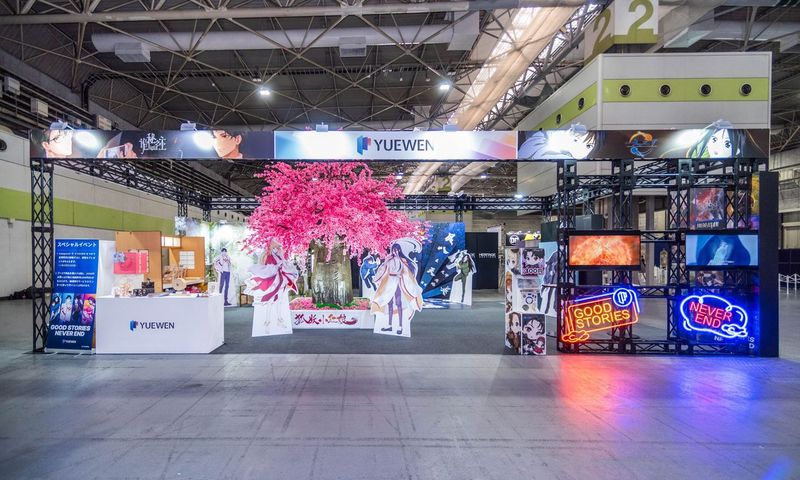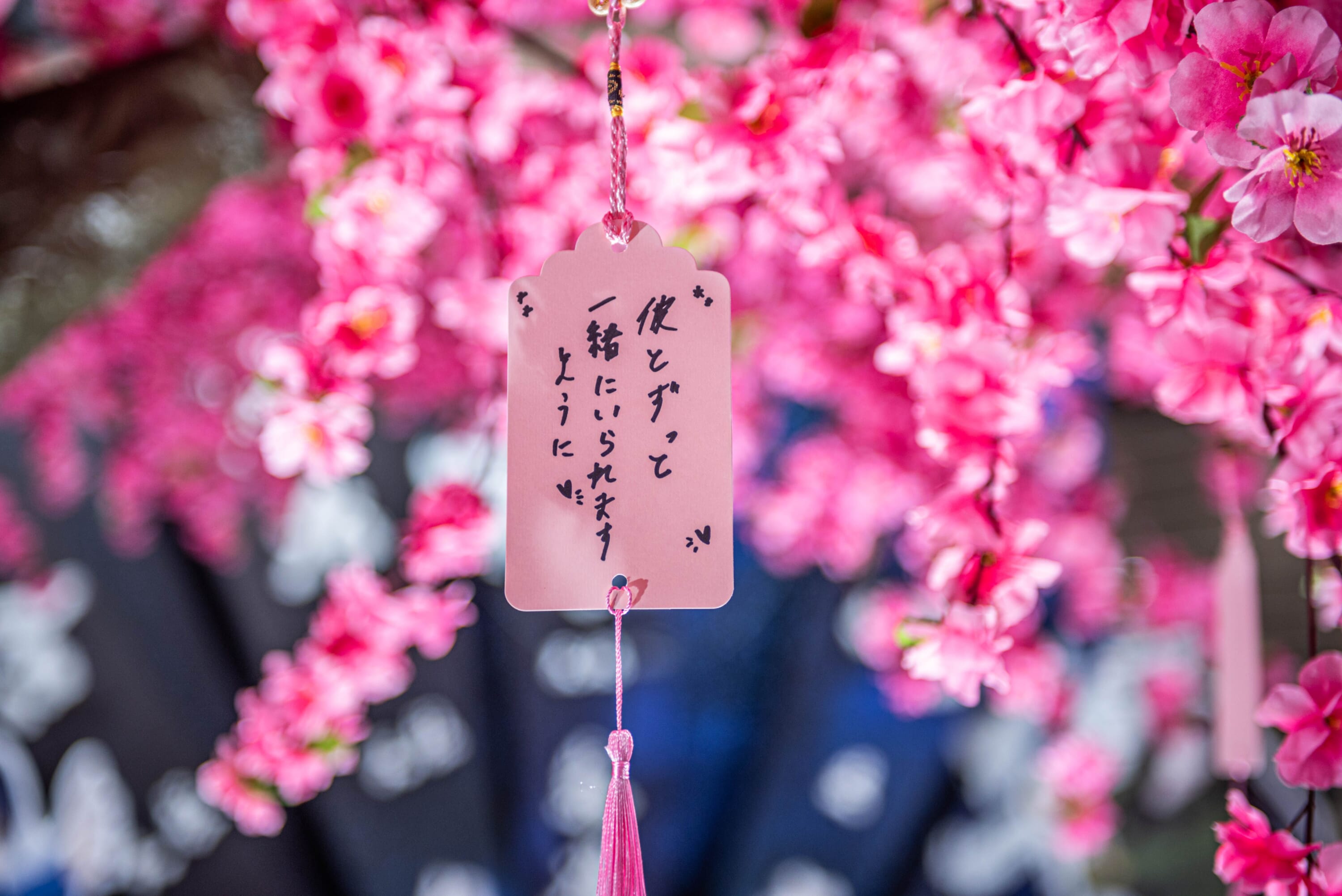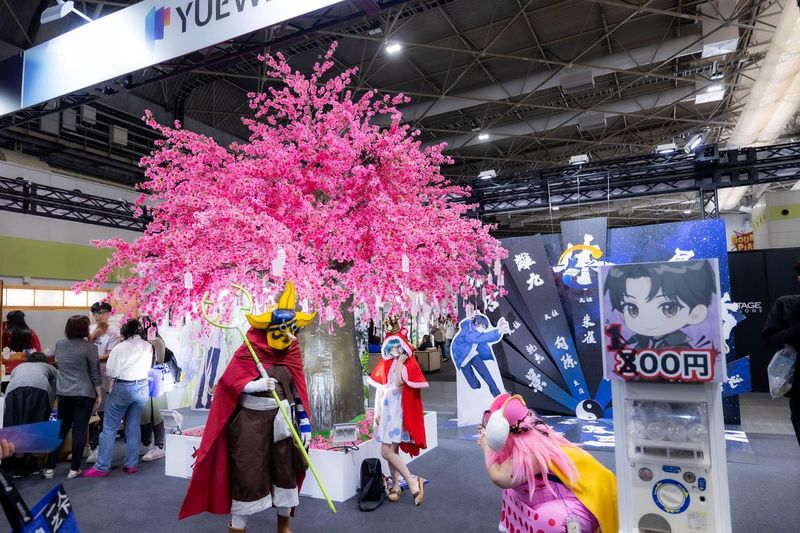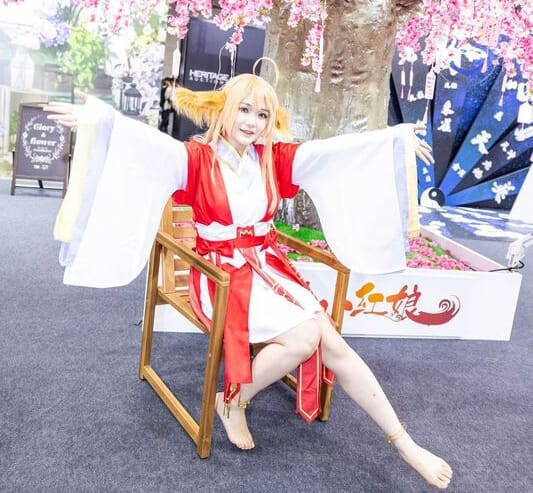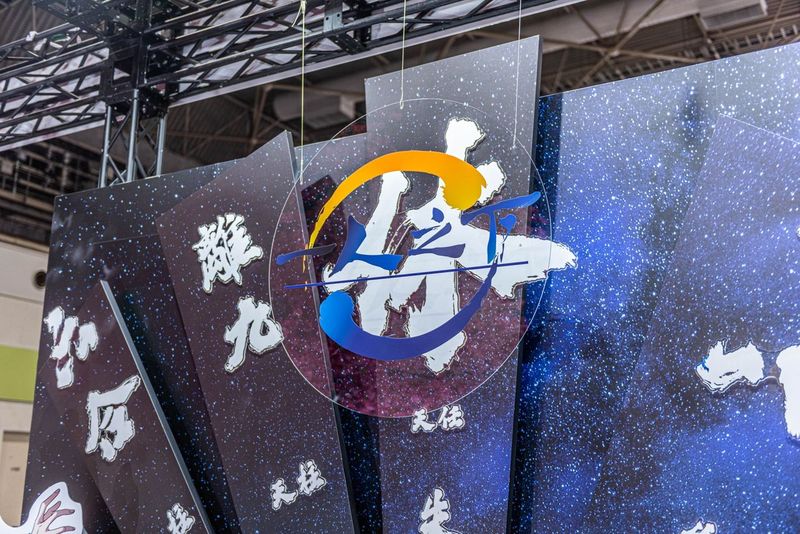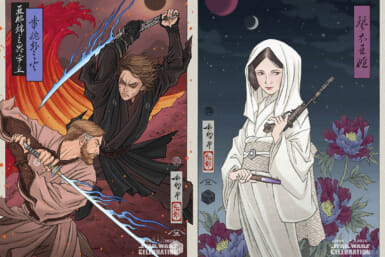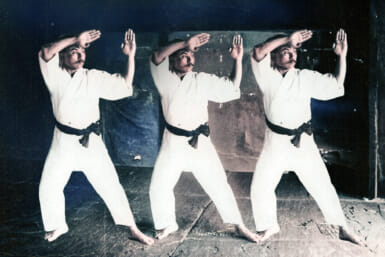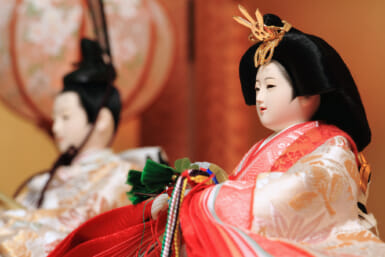Pop culture fans stormed Intex Osaka for Osaka Comic Con 2024, the Kansai iteration of the widely popular Tokyo Comic Con. Taking place over the Golden Week weekend, the convention welcomed fans cosplaying as their favorite anime characters and pop culture icons. Celebrities present included Tom Hiddleston — Loki in the Marvel Cinematic Universe — and Christopher Lloyd, whom many will know as Doc from Back to the Future and its sequels.
Leading digital publisher China Literature Ltd. (Yuewen in Chinese), a subsidiary of Tencent, displayed a booth decorated with a life-sized cherry tree from which fans could hang written wishes. The publisher boasts a treasure trove of literary works spanning over 200 genres. China Literature is also a major publisher of manhua, or Chinese comic books.
Manga vs. Manhua
Manga and manhua are both popular forms of comics from Asia, but they have distinct differences. Originating from Japan, manga are typically multi-paneled. Almost always presented in black and white, they are read from right to left. In contrast, manhua come from China. They often feature full-color artwork, with some panels rendered entirely in painting. Furthermore, they’re usually published in a single-issue format.
Manhua characters, particularly males, tend to have slender builds with big muscles, large chests and narrow waists, while female characters are slim and lacking in the exaggerated breasts and hips of their manga counterparts. All characters in manhua are depicted as beautiful model types. On the other hand, manga characters are more stylized and varied in shape and size, with a focus on diverse hairstyles, clothes and facial expressions that add a unique blend of humor and seriousness to the stories.
Manhua at Osaka Comic Con
China Literature showcased four of its most famous series, three of which are manhua. If you’re new to manhua and feeling unsure about where to begin, one of the three series above would be a great place to start.

